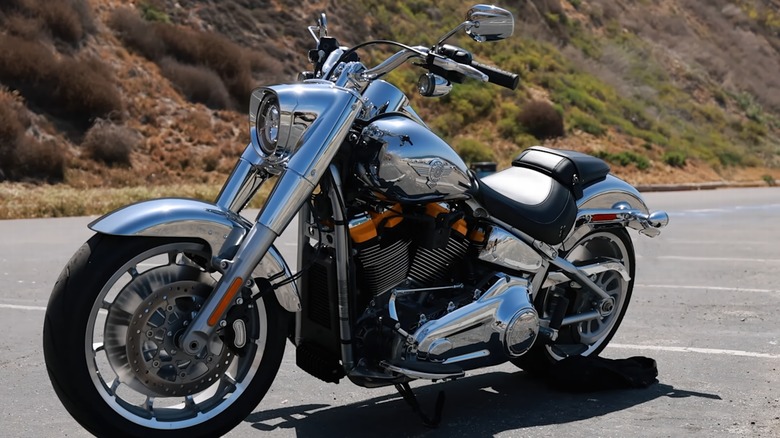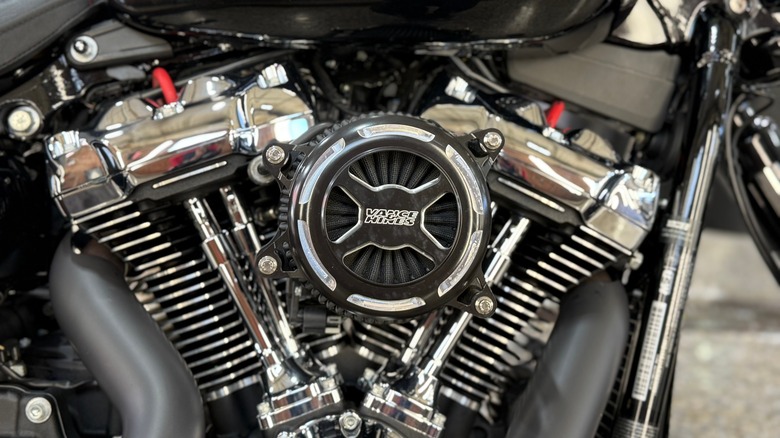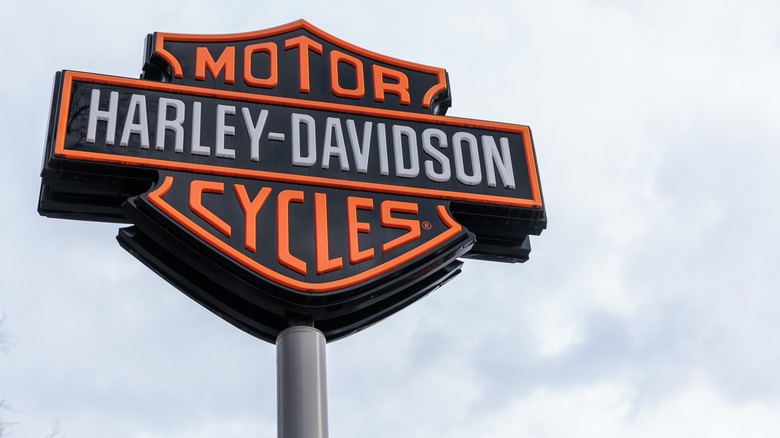What Gives Harley-Davidson Engines Their Classic, Unique Sound?
Few things satisfy motorcycle enthusiasts more than hearing a beautiful engine, whether it's cruising the interstate or tearing up the track, and few motorcycle engine sounds are as instantly recognizable as the signature low rumble of a Harley-Davidson. Motorcycle enthusiasts know it as the "potato-potato-potato" idle. It's a defining characteristic that sets Harleys apart from other bikes on the road. But what exactly causes this unique rhythm? The classic sound is a direct result of the company's engineering choices made over a century ago.
Harley-Davidson's V-twin engine configuration, crankshaft design, and unusual firing intervals all work together in perfect harmony to create a mechanical rhythm that's become legendary. Harley's exhaust note is so closely associated with its identity that the manufacturer attempted to trademark it, igniting legal battles and cementing just how unique the sound is to the brand. Countless owners install aftermarket parts to amplify this sound even more, guaranteeing every throttle twist is accompanied by a huge smile. The V-twin design, failed trademark, and die-hard fans keep Harley's heritage alive, ensuring that Harley-Davidson motorcycles don't just look different but sound different too.
The engineering that produces Harley-Davidson's engines' unique rumble
At the core of Harley's iconic sound is its long-time decision to use a 45-degree V-twin engine with a shared crank pin. Other manufacturers offset crank pins to achieve smooth, evenly spaced firing, but not Harley. It keeps both connecting rods on the same pin, creating an uneven firing order where the engine produces a quick succession of power strokes followed by a longer pause. It's this irregular rhythm that generates the familiar loping idle. Harley also relies on a system where one cylinder at a time gets the spark. In modern electronic ignition bikes, both plugs fire simultaneously, despite only one being on its power stroke. This adds to the quirky "put, put, rest" cadence you hear.
Traditionally, Harley engines haven't used balance shafts, which means natural vibrations are left to resonate throughout the bike. Instead of dampening these mechanical nuances, Harley embraced them, letting the subtle shaking and grumbling become part of its character. It's a careful approach to an unbalanced design that trades perfect smoothness for an unforgettable acoustic signature.
Why Harley tried (and failed) to trademark its engine's sound
In 1994, Harley-Davidson took an unprecedented step by trying to legally trademark the sound of its V-twin engines. However, nine competitors, including the likes of Honda, Yamaha, Suzuki, and Kawasaki, quickly spoke out against the effort, arguing that similar engine designs — like the ones used for their bikes — fundamentally create similar noises, challenging the belief that no manufacturer should own a natural byproduct of basic mechanical engineering. If the patent was granted, all of those competitor companies likely would have had to spend millions (if not hundreds of millions) to change the designs of their engines.
The case dragged on for six years, pulling Harley into a lengthy legal battle over something most companies would never try to patent. With no end in sight, Harley eventually withdrew the application in 2000 after realizing the difficulty of trying to claim exclusive rights to a sound born from engine construction. Even so, the case proves how significant that acoustic identity is to Harley's brand, so important that the company once tried to make it legally untouchable.


